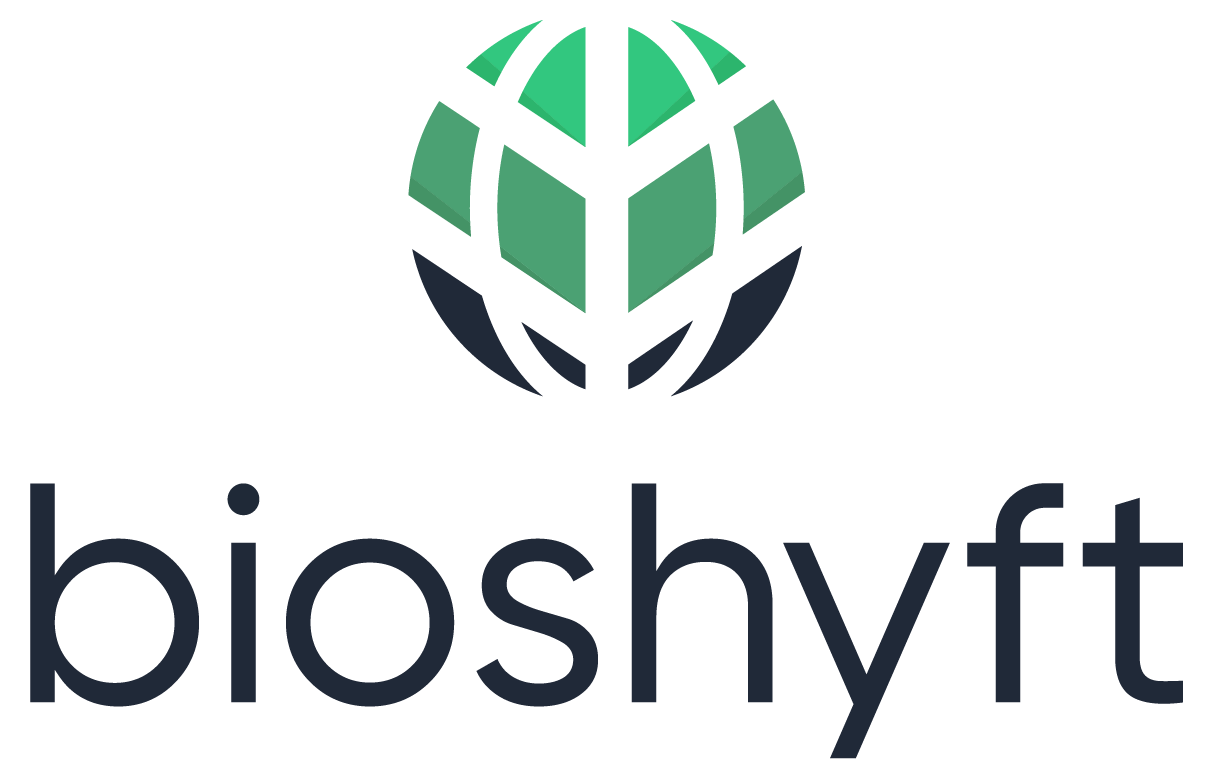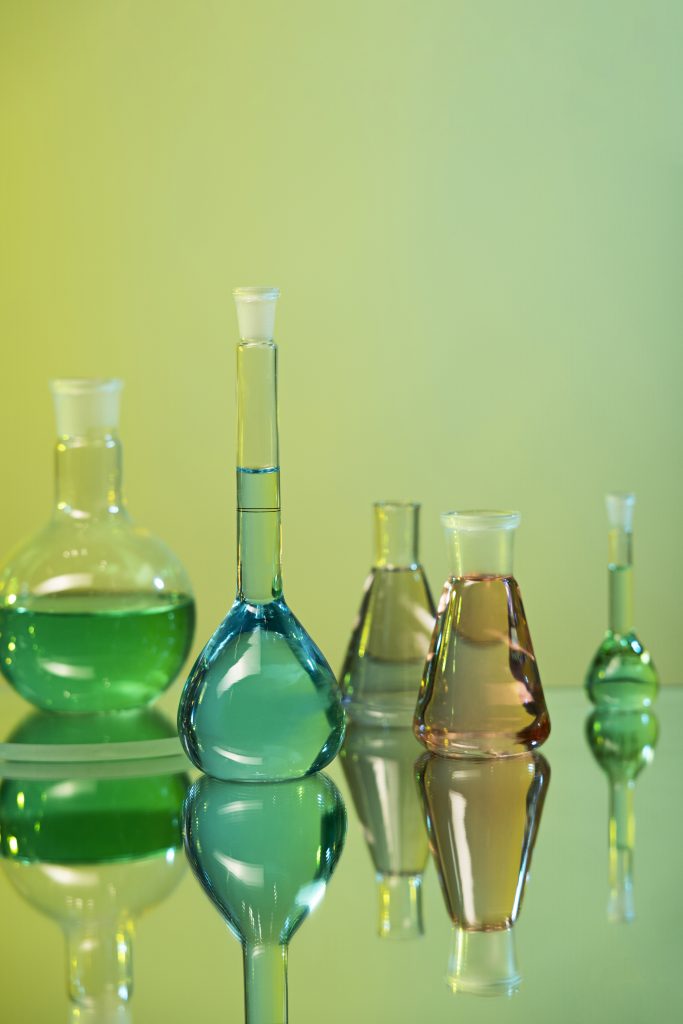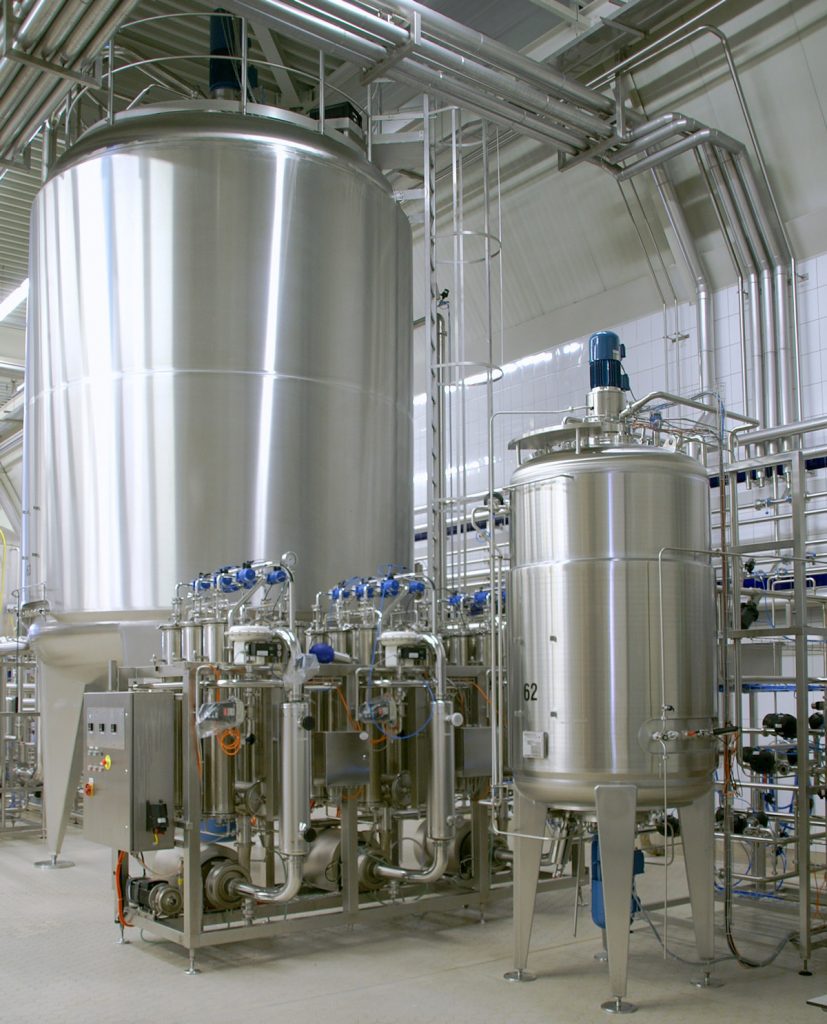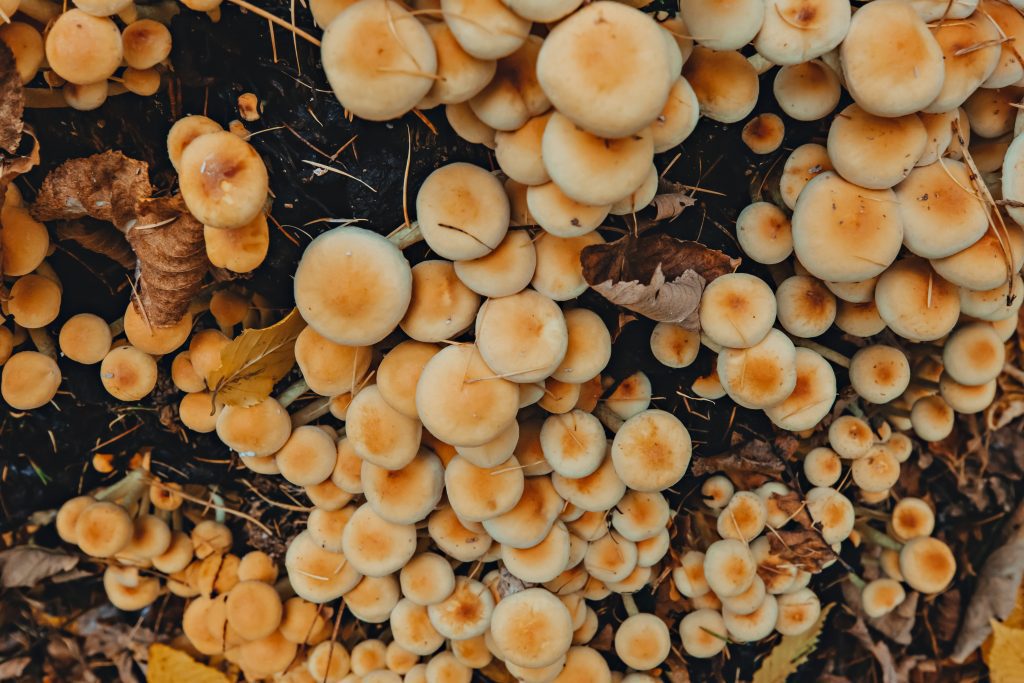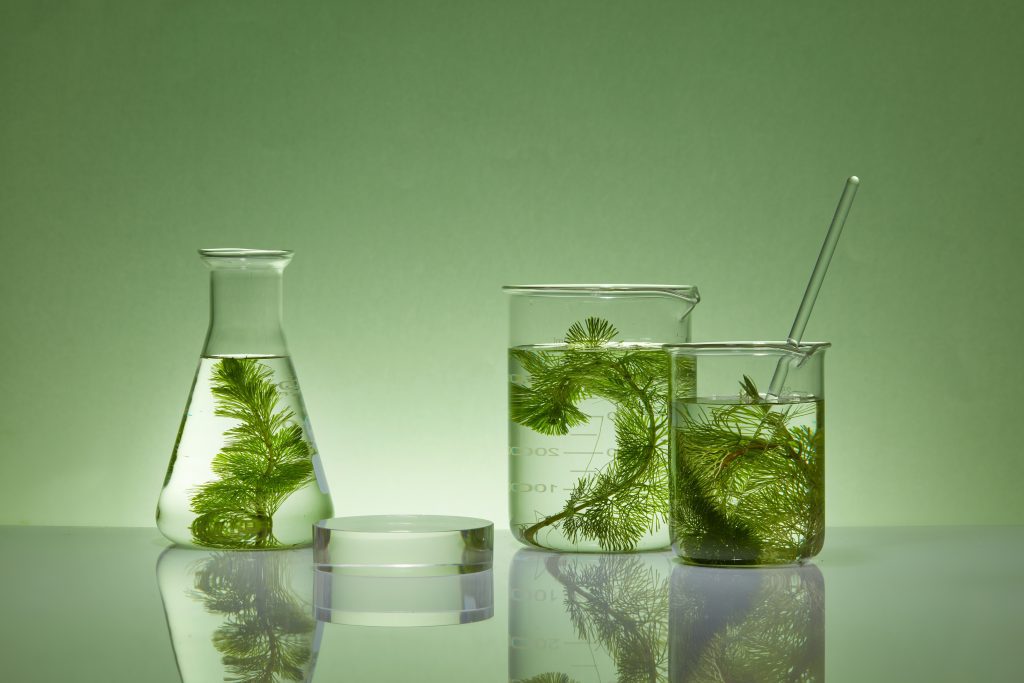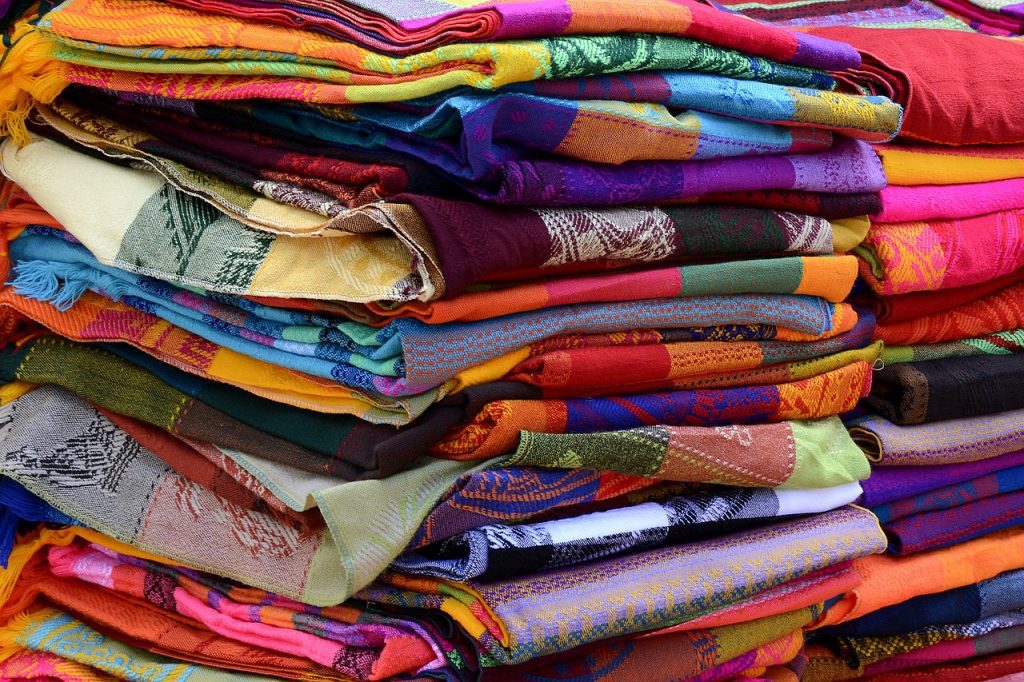Green Chemistry: Revolutionizing the Chemistry Industry
Green chemistry possesses a transformative power with the potential to revolutionize industries and redefine our environmental footprint. From renewable materials to eco-friendly production, green chemicals are not only relevant but essential for a brighter, greener future. Dive into the world of green chemistry, where chemical engineers reduce and eliminate hazardous substances from processes and products. Introduction Green chemistry involves the development of new chemicals, substances, and procedures with reduced harm to human well-being and the ecosystem. It includes the use of renewable resources and the minimization of waste and energy use. This approach focuses on the entire lifecycle, from raw materials to disposal, promoting eco-friendly alternatives to traditional chemicals. These environmentally friendly chemicals therefore have applications across diverse sectors, including industry, food, beverages, automotive, packaging, construction, agriculture, personal care, and more. What’s Driving the Transition to Green Chemistry? Green chemistry is more than a trend; it is a necessity. The shift from a fossil fuel-dependent economy to one based on renewable resources is already in progress. In 2022, the green chemicals market was assessed at $82.5 billion, and it is anticipated to exhibit a Compound Annual Growth Rate (CAGR) of 12.1% between 2023 and 2030. One of the key drivers of the transition to green chemistry is the growing environmental concerns due to the excessive use of fossil fuels and the scarcity of conventional resources. Thus, companies that are actively pursuing the integration of sustainable technologies and substituting conventional materials with green chemical alternatives might find themselves taking the lead in the competitive market. Furthermore, governments across the globe are undertaking efforts to endorse and encourage the adoption of green chemicals as a means to curtail global warming and decrease carbon emissions. Other drivers include cost savings and consumer demand. For instance, according to a 2011 market report, green chemistry is estimated to save the industry $65.5 billion by 2020 due to cost reductions. Benefits of Green Chemistry Source: ZYMVOL Risks Associated with Green Chemistry The adoption of green chemicals, while beneficial, is accompanied by several challenges However, continued research, government incentives, and consumer demand are driving solutions. Also, collaboration between academia, industry, and policymakers is essential for overcoming barriers. Main Startups in the Field Leading the charge in green chemistry are companies like DuPont, BASF, and Solvay. Start-ups like Ecovia Renewables, Defunkify, Inonverda, Kallion and many others are also pivotal in pushing the boundaries of sustainable chemistry and developing novel materials, and processes. Explore all Key Player: Example Case Study Inkemia, a green chemistry company has tackled the critical issue of microbiological growth control in fuels, which is vital in various applications involving fuels, food, and performance materials. Traditionally, the prevention of microbiological growth has relied on additives that often contain chlorine, sulfur, and lead. However, due to environmental concerns and the phase-out of these compounds, there is a pressing need to reduce their usage to the minimum possible level, while still ensuring effective prevention. In response to this challenge, Inkemia has developed innovative bio-based formulations. These formulations have thus proven highly effective in preventing microbiological growth in fuel blends. Notably, they achieve this without the use of chlorinated and sulfur-containing additives. This approach not only improves the environmental sustainability of fuel treatments but also enhances their overall performance when compared to conventional additive strategies. By adopting these bio-based blends as preservative agents, Inkemia therefore contributes to a greener and more effective solution for microbiological growth control in fuels and related products. Conclusion The rise of green chemistry marks a significant shift towards a more sustainable and environmentally conscious future. Their importance cannot be overstated, as they offer numerous benefits such as reduced environmental impact, energy efficiency, improved health and safety, and cost savings. By embracing green chemicals, industries can play a crucial role in shaping a sustainable future, driving innovation, and therefore meeting regulatory requirements. It is clear that the transition towards greener alternatives is not only necessary but also highly advantageous for the well-being of our planet and future generations. Explore related topics Sources:
Green Chemistry: Revolutionizing the Chemistry Industry Read More »
